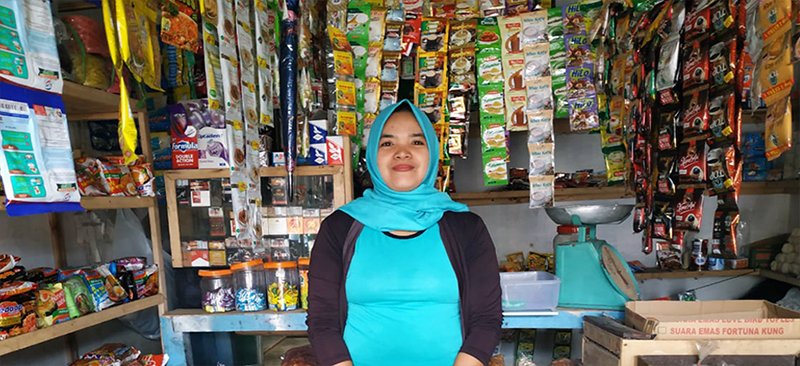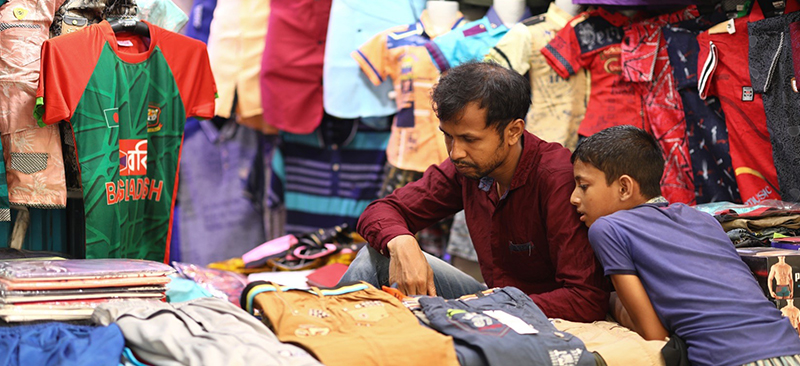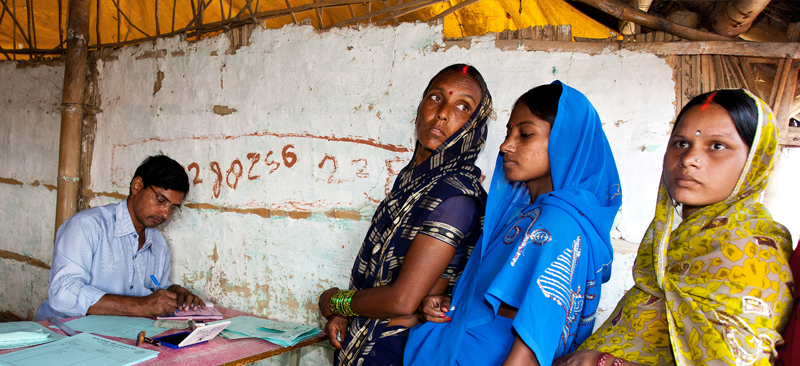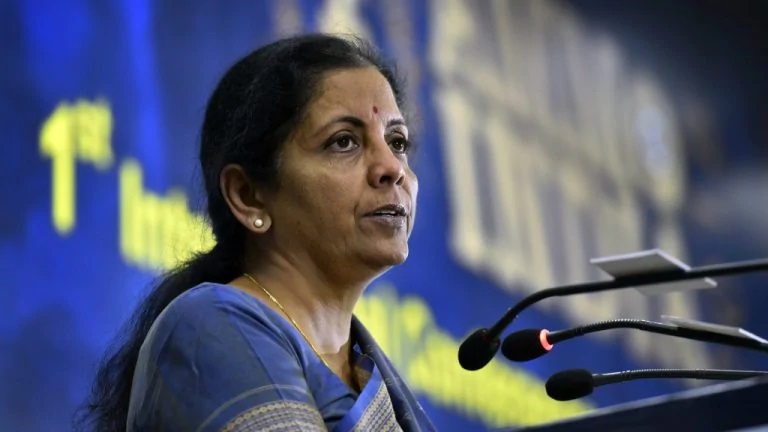Manoshij Banerjee

Manoshij Banerjee
Manoshij is an assistant manager, and works in the Financial Sector Policy domain. He focuses on qualitative research design and execution. His expertise is in Participatory Rural Appraisal (PRA), Behavioral Economics, and Design Thinking.
His recent works are on gender, economics of nano/micro merchants, climate change, social and behavioral change communication, and financial diaries. He holds a post graduate degree in Management from the Indian Institute of Forest Management, and an Integrated M.Sc. in Physics from Pondicherry University.
Posts by Manoshij Banerjee
 Blog
Blog
Rahul Chatterjee, Yani Parasti Siregar, Rahmatika Febrianti, Manoshij Banerjee, Stuart Rutherford, Md. Kalim Ullah and Alfa Pelupessy
Life on credit: Why and how do corner shop owners take loans?
 Blog
Blog
Rahul Chatterjee, Anant Tiwari, Manoshij Banerjee, Rahmatika Febrianti, Ira Aprilianti and Yani Parasti Siregar
‘Surviving a pandemic’: Five key insights from the Corner Shop Diaries research in India and Indonesia
 Publication
Publication
Mimansa Khanna, Manoshij Banerjee and Rahul Chatterjee

